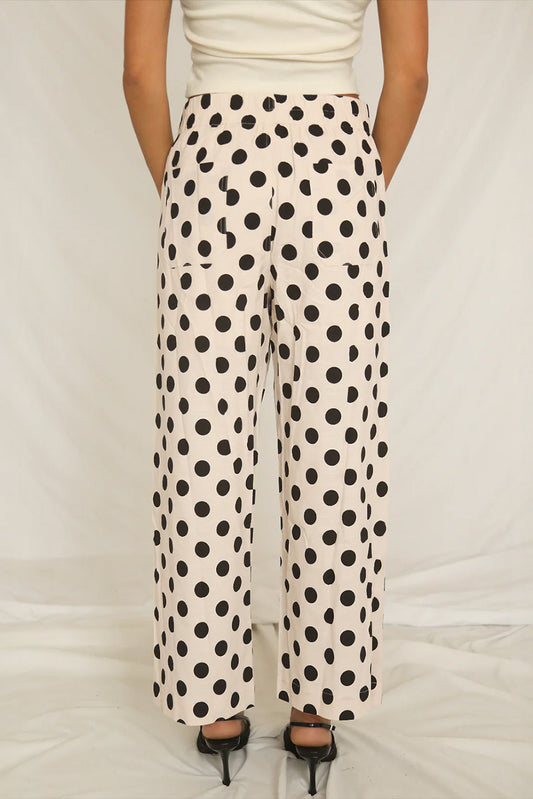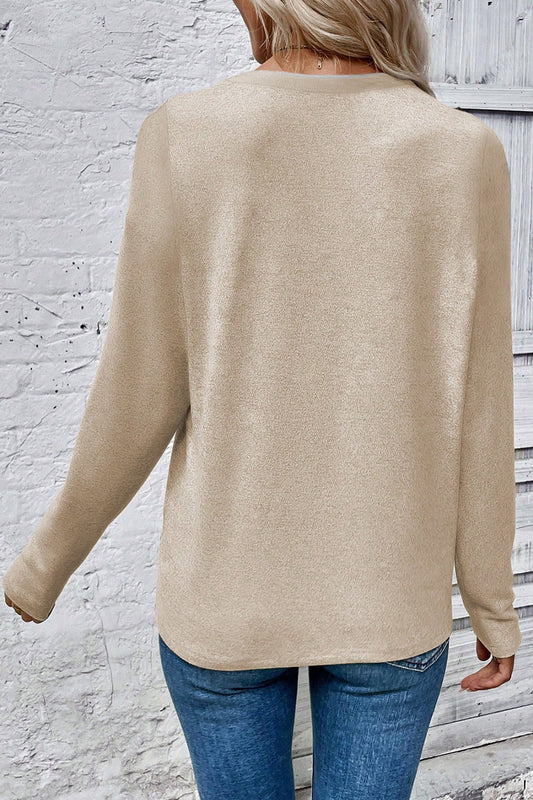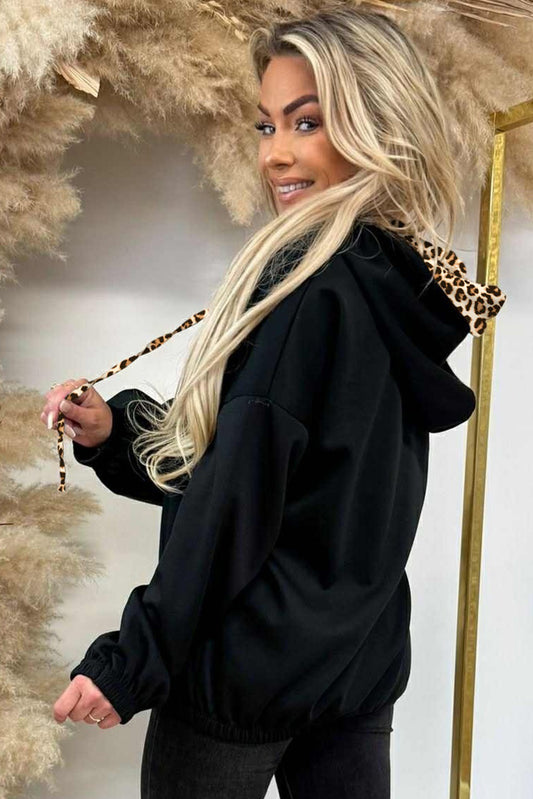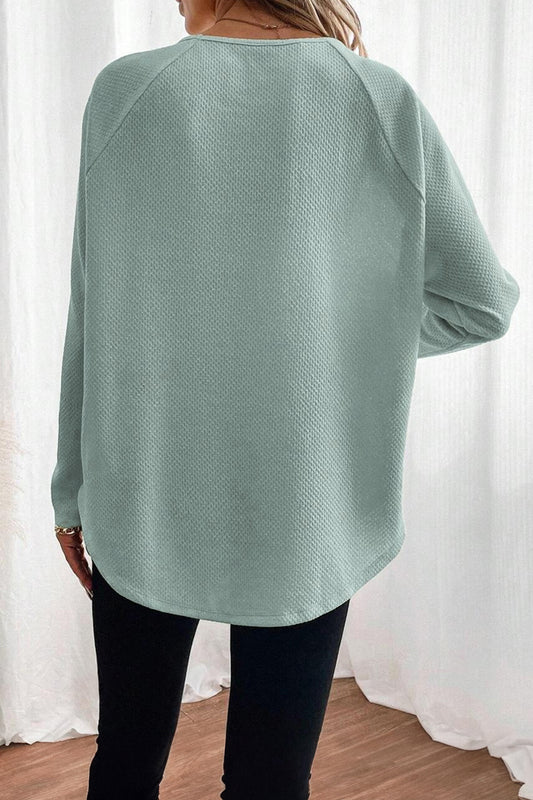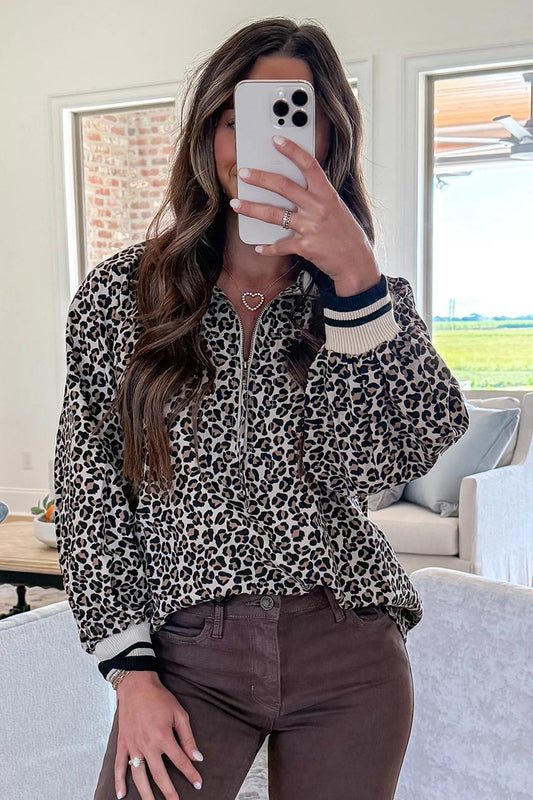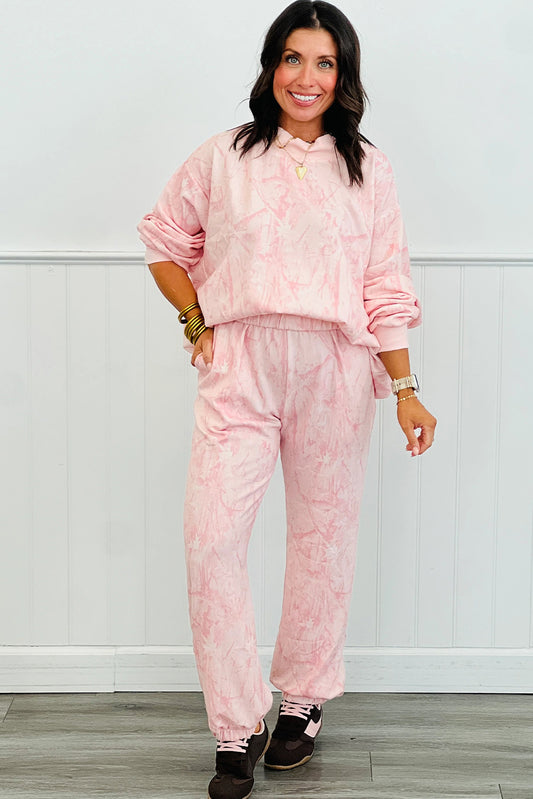
Why Do Women Typically Wear Skirts, Dresses, Or Skorts Instead Of Shorts, Even In Colder Weather?
Women often reach for skirts, dresses, or skorts over shorts, even in colder weather, due to a blend of cultural norms, practical comfort, and timeless style. This article delves into the reasons behind this preference, from cultural expectations and body confidence to practicality in layering and seasonal adaptability. Read on to understand why these garments continue to be a wardrobe staple.
Table of Contents
- Introduction
- Practicality Meets Elegance
- Tradition, Gender Norms, and Social Perceptions
- Adapting to Changing Temperatures
- Fashion Trends and Personal Expression
- Body Confidence and Personal Preference
- Practicality vs. Comfort
- Weather Flexibility and Versatility
- Concluding Thoughts
- FAQ
Introduction
The enduring appeal of skirts, dresses, and skorts over shorts, especially in cooler weather, goes beyond fashion. It’s a complex mix of cultural expectations, practicality, and personal preference. These garments effortlessly combine comfort with style, fitting a wide range of social settings and temperature fluctuations. Below, we explore the reasons why skirts and dresses remain preferred, from their historical roots to their modern-day practicality.
Practicality Meets Elegance
For many women, skirts and dresses offer an ideal blend of form and function. Not only do they allow for ease of movement, but their versatility enables them to transition across temperatures and occasions. In colder weather, pairing a maxi dress with tights or leggings is an ideal solution. This layering adaptability is challenging with shorts, making skirts and dresses popular in fluctuating weather.
“In European cities, wearing shorts can sometimes signal that one is a tourist, while skirts and dresses convey a sense of local cultural appropriateness.”
In certain settings, cultural appropriateness becomes significant, especially where norms prioritize modesty or conservatism. For example, skirts and dresses can meet expectations in places like churches, museums, and upscale venues, where shorts may be perceived as too casual or revealing.
Tradition, Gender Norms, and Social Perceptions
The choice of skirts, dresses, and skorts over shorts is deeply rooted in tradition and gender norms. Historically, these garments were essential to feminine attire, and today, they continue to convey elegance and sophistication. This enduring perception makes them suitable in social contexts that prioritize formality, such as workplaces or upscale dining.
The sophistication that skirts and dresses inherently embody often fits more comfortably within society’s standards for formal attire. Many women, even when given the option of shorts, feel more confident in the refined, polished look that a maxi dress or a structured skirt provides.
Adapting to Changing Temperatures
Skirts and dresses are ideal choices for adapting to seasonal changes. Colder months don’t necessarily mean abandoning these garments; with layering options, they can be as warm and comfortable as pants. For example, skirts and petticoats paired with cozy tights or leggings make these items cold-weather friendly.
This seasonal adaptability is harder to achieve with shorts, which are generally reserved for warmer seasons. In contrast, skirts and dresses maintain their functionality in colder months while offering the warmth of layering that shorts cannot.
Fashion Trends and Personal Expression
In recent years, fashion trends have evolved, with styles like capris or tailored shorts gaining popularity. However, skirts and dresses remain appealing as platforms for personal expression. For instance, a mini dress can be styled up or down for various settings, showcasing the versatility of these garments.
This adaptability allows skirts and dresses to transition between styles while offering a broader range of options for personal style compared to shorts. Their timeless appeal, combined with trend-sensitive updates, makes them wardrobe staples for many.
Body Confidence and Personal Preference
For many women, the choice of skirts and dresses is linked to body confidence and the ability to enhance one’s figure comfortably. Dresses and skirts allow for more diversity in style and cut, which can highlight or minimize certain features, adding to the confidence factor.
This flexibility makes skirts and dresses more than just garments; they become a means for personal expression and body positivity. Factors like age and body image further influence preferences, with skirts and dresses often seen as more flattering than shorts.
Practicality vs. Comfort
The practicality of skirts and dresses is heightened in colder climates, where shorts might feel too limited. With options for layering, skirts and dresses can provide a comfortable solution that balances comfort with elegance.
For colder days, a dress layered with a coat or scarf creates a warm, stylish look that shorts might not achieve. This adaptability across settings makes skirts and dresses a go-to choice, as they comfortably blend style with practicality.
Weather Flexibility and Versatility
A major reason women continue to opt for skirts, dresses, and skorts is their weather flexibility. With the addition of leggings, tights, or boots, skirts and dresses easily transition from summer to winter wear, allowing them to be worn year-round.
This versatility makes skirts and dresses ideal for creating multi-functional wardrobes. For example, a summer mini dress can be repurposed for autumn with a jacket and scarf, extending its usability across seasons.
Concluding Thoughts
Skirts, dresses, and skorts hold a unique place in wardrobes because they balance cultural expectations, practical comfort, and personal expression. Whether for formality, adaptability, or comfort, these garments continue to resonate with women worldwide. They reflect both tradition and modern needs, making them timeless choices.
This blend of history, practical benefits, and elegance ensures that skirts, dresses, and skorts will remain favored for years to come, regardless of season.
FAQ
1. Are skirts and dresses warmer than shorts in colder weather?
Skirts and dresses can be warmer when layered with tights or leggings, offering a cozy alternative to shorts in cooler temperatures.
2. Why are skirts and dresses often considered more formal than shorts?
Historically, skirts and dresses are associated with sophistication and formality, making them suitable for formal settings compared to the more casual shorts.
3. Do cultural expectations impact clothing choices that much?
Yes, cultural expectations significantly influence clothing choices, especially where modesty or conservatism is valued, such as in churches or upscale restaurants.
4. Can dresses and skirts be styled for active or outdoor activities?
Absolutely. Skorts, in particular, are designed for active settings, blending the look of skirts with the functionality of shorts.
5. What makes dresses and skirts better for body confidence?
Dresses and skirts offer various styles and cuts, allowing individuals to choose designs that flatter their body type, thus boosting confidence.
6. Are there functional advantages to wearing skirts or dresses over shorts?
Yes, skirts and dresses provide greater airflow, which can help regulate body temperature, and offer comfort for long periods of sitting or standing.
7. Why do some people feel that shorts aren’t suitable for certain age groups?
Shorts are often associated with casual or youthful attire, while skirts and dresses are viewed as timeless, suitable for all ages, especially in professional or formal settings.
8. How do seasonal trends affect the choice between skirts, dresses, and shorts?
Skirts and dresses often feature seasonal adaptations, like thicker fabrics for winter, while shorts are more common for summer, affecting year-round preferences.
9. Do dresses and skirts offer more options for personal style?
Yes, skirts and dresses come in diverse lengths, cuts, and styles, providing greater variety for personal expression.
10. Is it uncomfortable to wear skirts or dresses in windy or very cold weather?
In extremely cold or windy conditions, skirts and dresses can be less comfortable, but with appropriate layering, many women find them suitable even in these settings.


